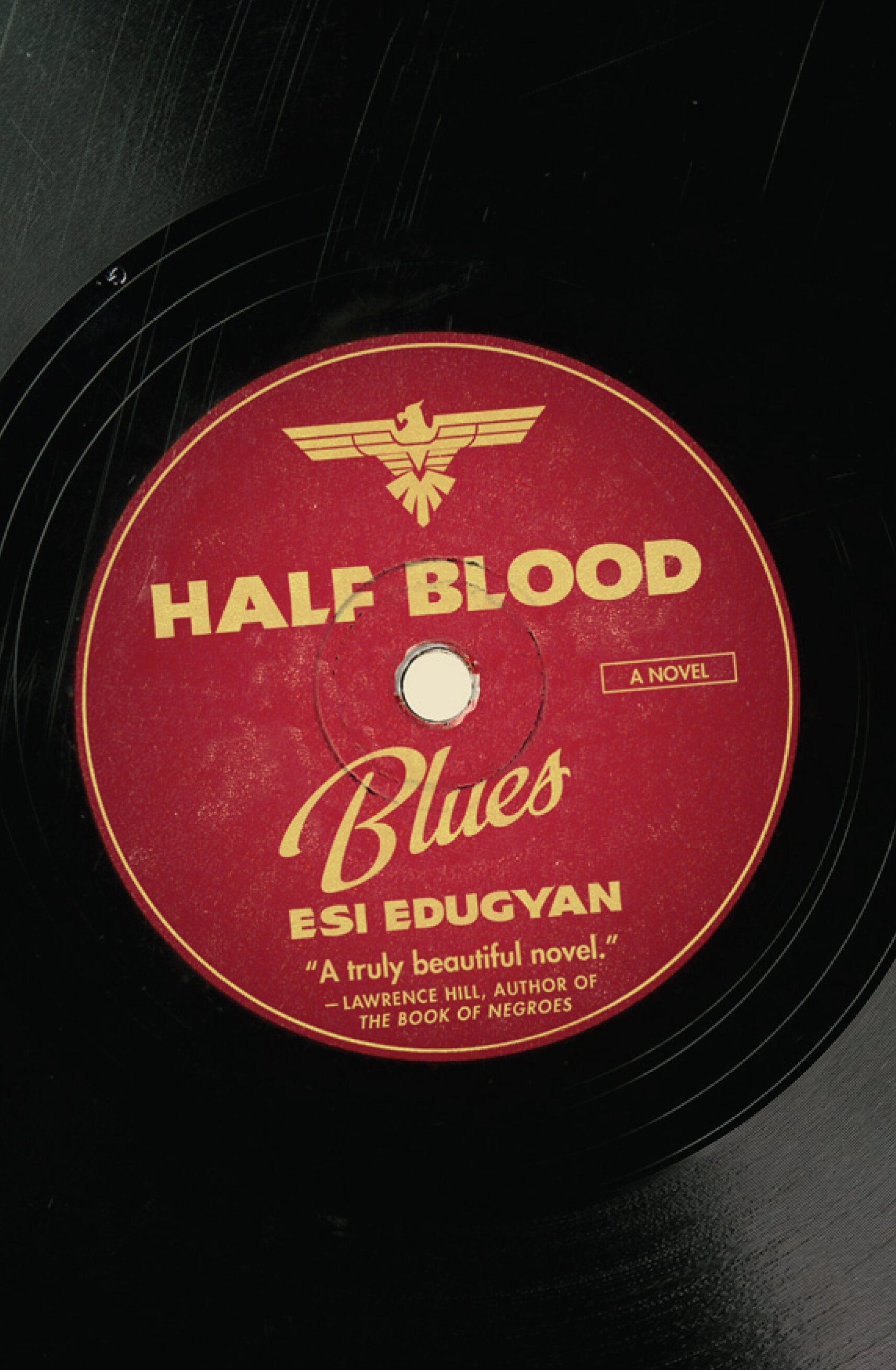So as our series on major Canadian writers draws to a close, it’s time to ask the big questions that hang over everything: Who or what is to blame for the current state of Canadian literature? Why the tiny clique of writers who must content themselves with being the “Canadian Twain” or the “Canadian Bronte” or the “Canadian Faulkner”? Why the over-reliance on over-hyped creations like Atwood or Boyden? Where is the counterculture pushing for change, any change?
After spending more than a decade enmeshed in Canadian politics and culture, the only conclusion I can draw is: There is no impetus for change. Canadians simply don’t care whether they have a robust culture or not. Because if they did, there would be artists and funders and a homegrown Canadian counterculture movement, just like there is in every other country.
But, as the case of Esi Edugyan proves, there is no interest in building such a counterculture movement, even when the perfect leader of that would-be movement is right there.
So, who is Esi Edugyan? Born in Ghana, raised in Calgary, Alberta, and trained at John Hopkins University, she’s a critically acclaimed and multiple-award winning author of one of the greatest books I’ve ever read, the incredible Half-Blood Blues. The premise is as simple as it is gripping: the story of a group of racially diverse jazz musicians based in Germany who create an all-time classic record – the titular Blues- in defiance of the Third Reich.
See, we lay exhausted in the flat, sheets nailed over the windows. The sunrise so fierce it seeped through the gaps, dropped like cloth on our skin. Couple hours before, we was playing in some back-alley studio, trying to cut a record. A grim little room, more like a closet of ghosts than any joint for music, the cracked heaters lisping steam, empty bottles rolling all over the warped floor. Our cigarettes glowed like small holes in the dark, and that’s how I known we wasn’t buzzing, Hiero’s smoke not moving or nothing. The cig just sitting there in his mouth like he couldn’t hear his way clear. Everyone pacing about, listening between takes to the scrabble of rats in the wall. Restless as hell. Could be we wasn’t so rotten, but I at least felt off. Too nervous, too crazed, too busy watching the door. Forget the rot. Forget the studio’s seclusion. Nothing tore me out of myself. Take after take, I’d play sweating to the end of it only to have Hiero scratch the damn disc, tossing it in the trash.
Hands up if you never even considered the idea of fighting Nazis with jazz before! But of course it works, and the fact that the writing is obviously gorgeous helps. The greatest thing about Half-Blood Blues is that its characters aren’t conventional heroes. They’re just regular guys with nothing in common except jazz who have no idea that they’re about to accidentally write a genre classic, and don’t know what to do with their status as legends afterwards. Like jazz itself, it’s messy, alchemical and brilliant. I cannot recommend the book enough.
Edugyan would go on to repeat her success with Washington Black, a continent-hopping tale of slavery and science. She’s won one of Canada’s highest literary honours, the Giller Prize, twice – a feat nobody else has accomplished.
But for all her talent, success, and acclaim, Edugyan is still not even as famous as Margaret Atwood in her own country, let alone around the world. Which begs the question, again: If Canadian literature has not yet come into its own with Edugyan… will it ever?
Well, at least we know that Canada has talented writers, if not a system that can sustain them. Until the moment when Canadian culture finally arrives, there is one well-known alternative- the Canadian culture creator who makes his or her name abroad. Next week, we will end off with author, artist, and cultural critic Douglas Coupland, who has enjoyed success on both sides of the border, and from there transition from books to film with a short one-week interlude on Canadians in the Intellectual Dark Web.
********
See the previous installments in the series:
Part 1 on Heroes: ‘Scott Pilgrim Vs The World’ Vs Terrance Denby and ‘Sidequest’
Part 2 on “Humour”: The Libertarian Fantasy of ‘Letterkenny’
Part 3 on Graphic Novel Nihilism: The Harsh Truths of ‘Essex County’
Part 4 on Spawn and Wolverine: Banished From The Promised Land: A Tale of Two Canadian Anti-Heroes
Part 5 on Science Fiction Dystopias: Inside Quebec’s – and Canada’s – Replicant Culture
Part 6 on Animation: The Garrison Mentality: More Than Meets The Eye
Part 7 on Pop Music: How To Build A Successful Canadian Musical Act
Part 8 on Anne of Green Gables and The Traumatized Artist: Lucy Maud Montgomery’s Treacherous Alpine Path
Part 9 on Avoiding the Serious: Mordecai Richler, Montreal, And Gritty Realism
Part 10 on Southern Ontario Gothic: The Marriage of the Mundane and the Fantastic
Part 11 on Margaret Atwood’s Reign of Terror: Literary Tyranny and The Handmaid’s Tale
Part 12 on the First Nations Fraud: Whitewashing Genocide: Truth, Lies, and Joseph Boyden



Comments
Leave a Reply